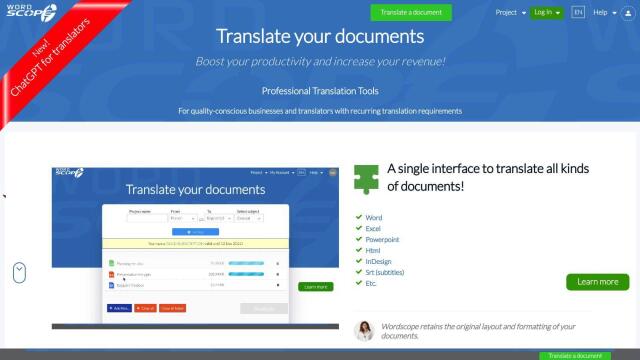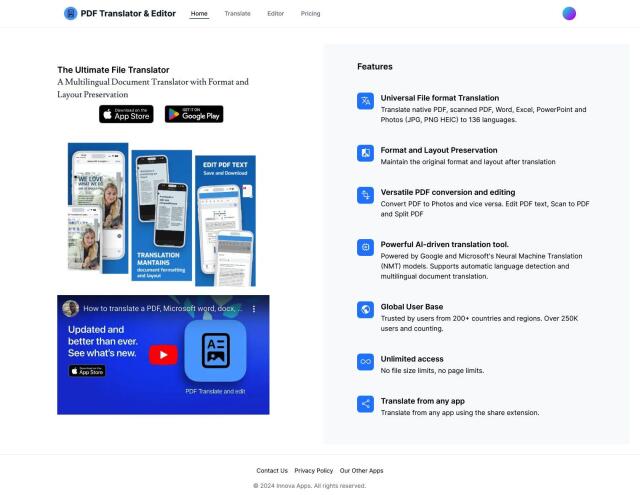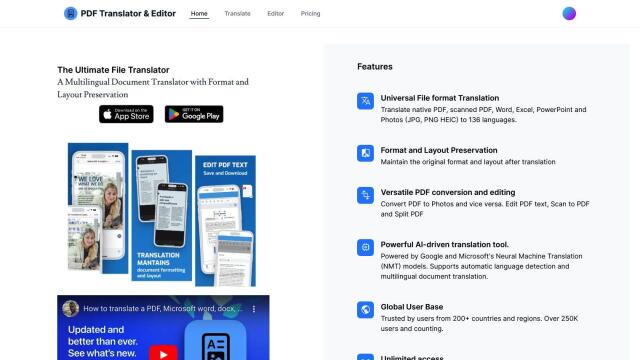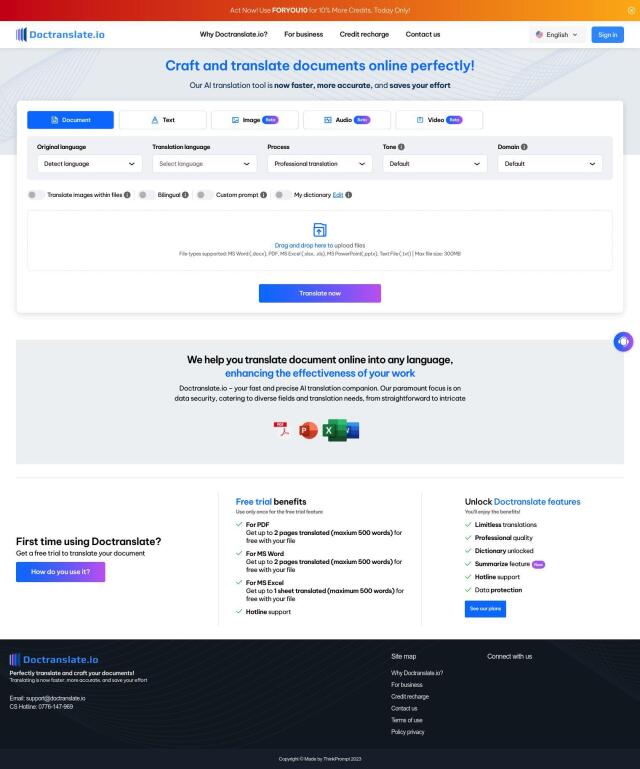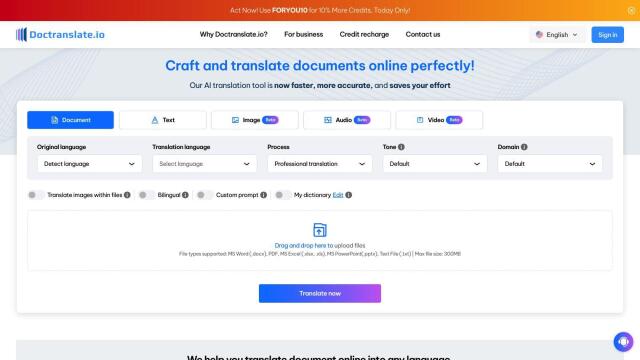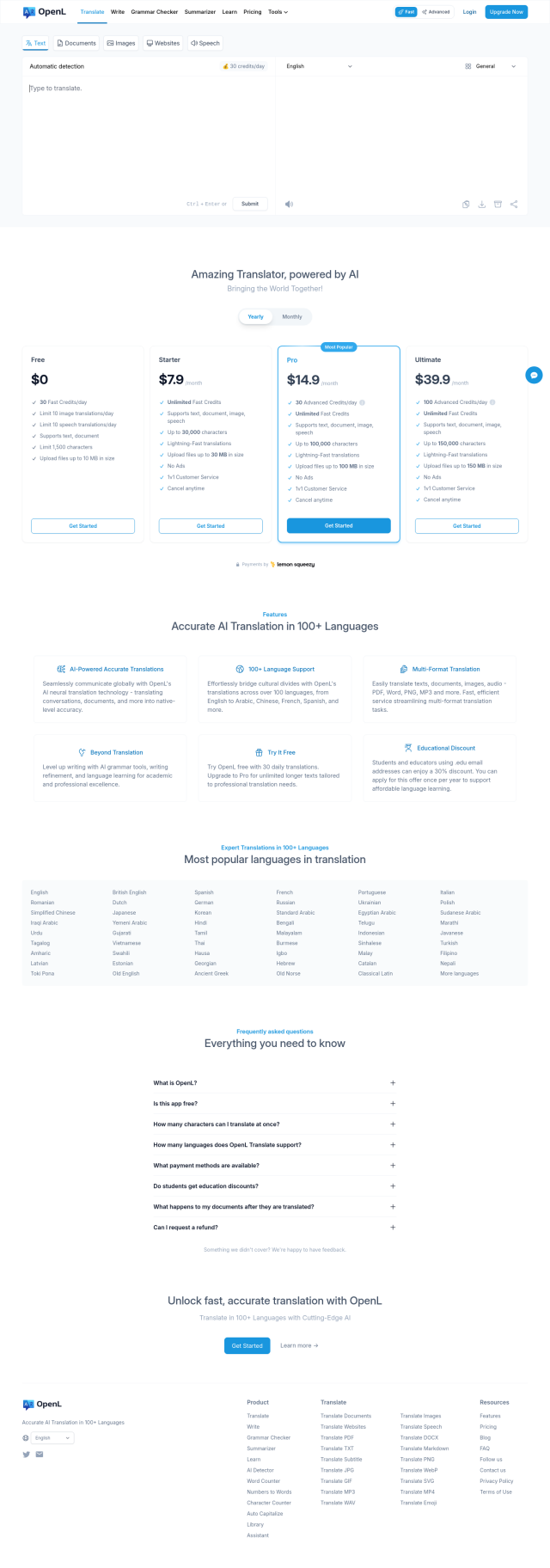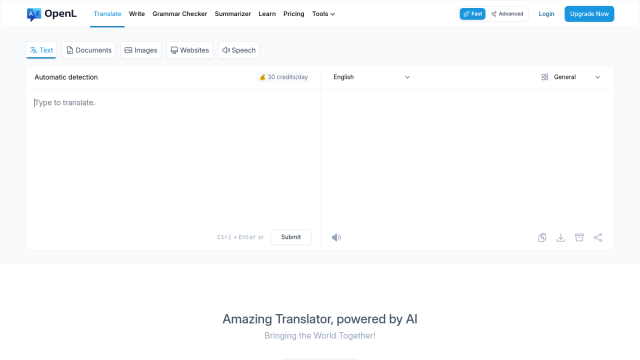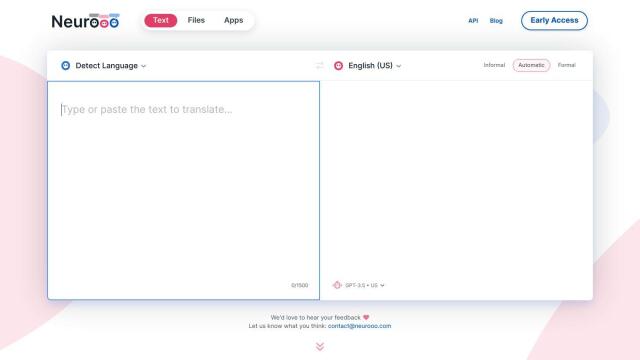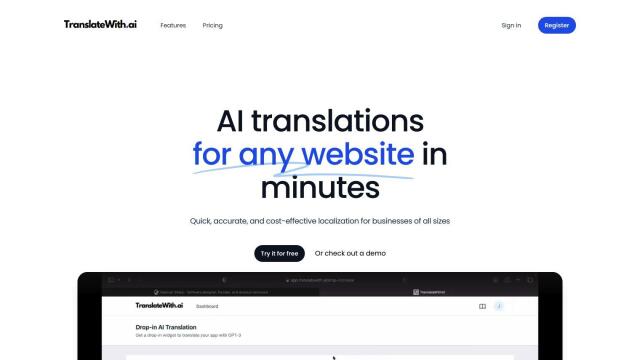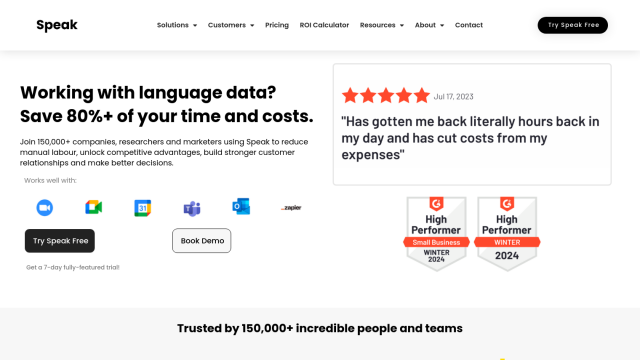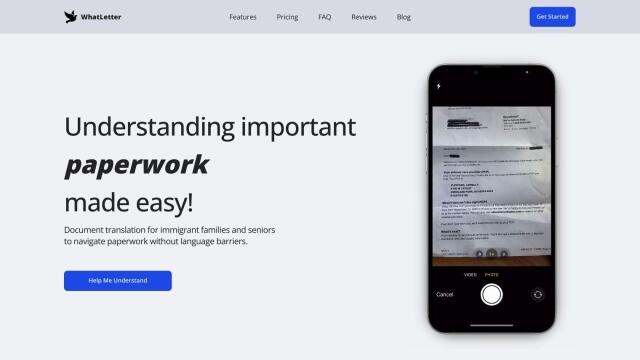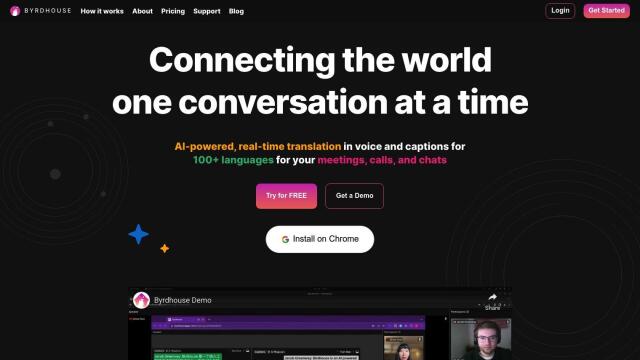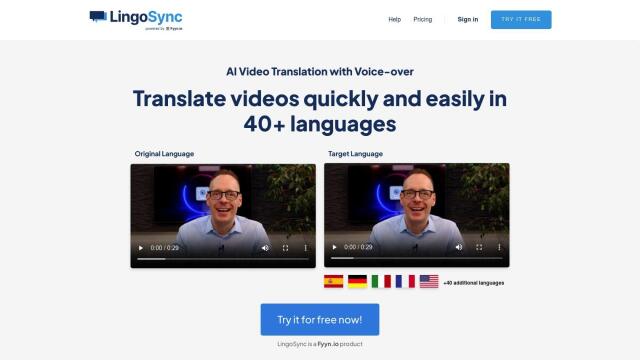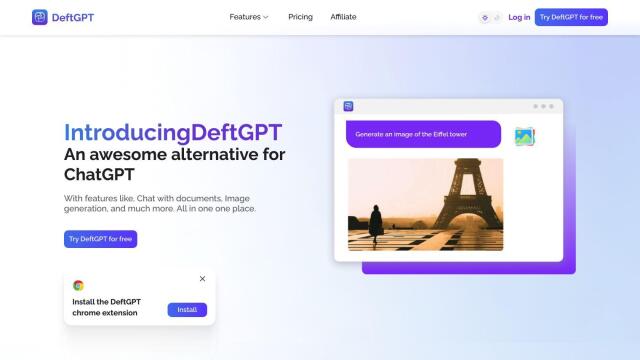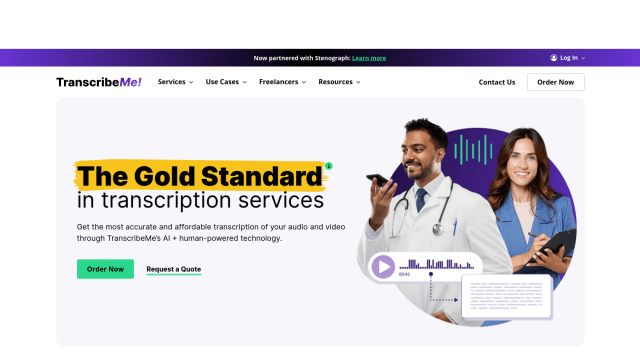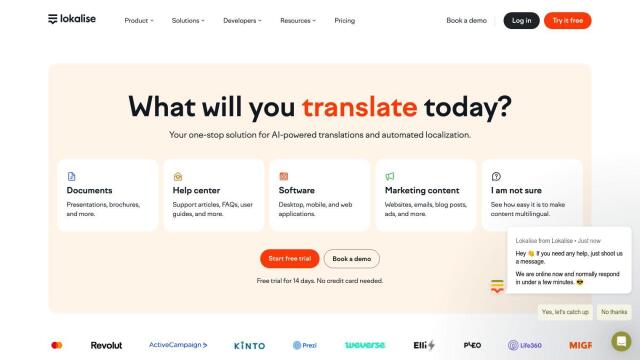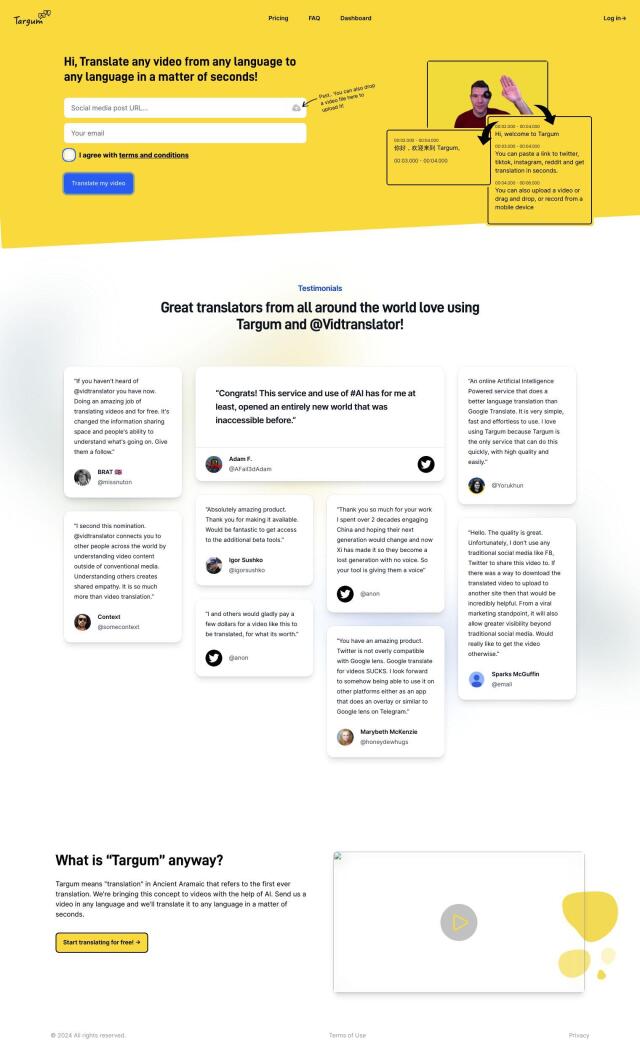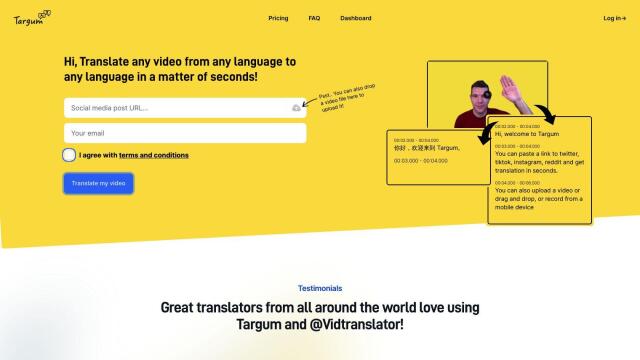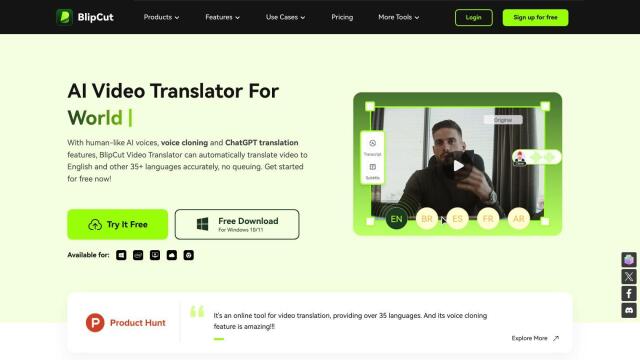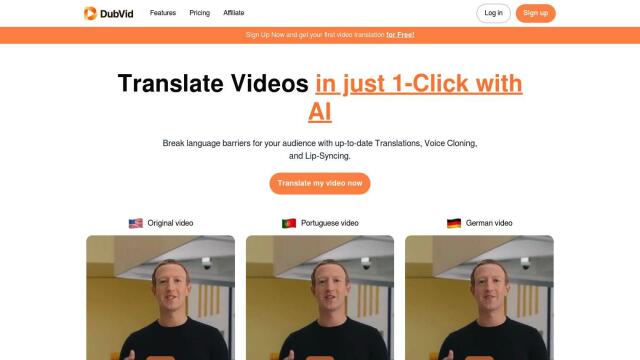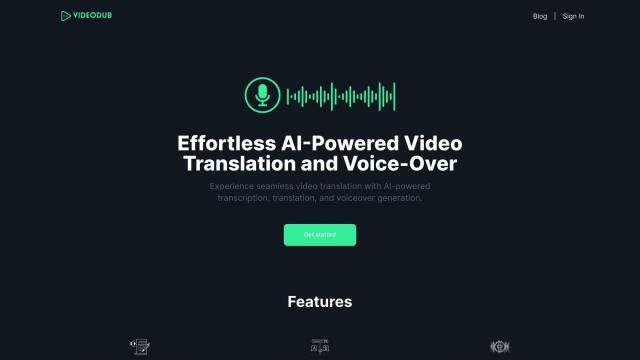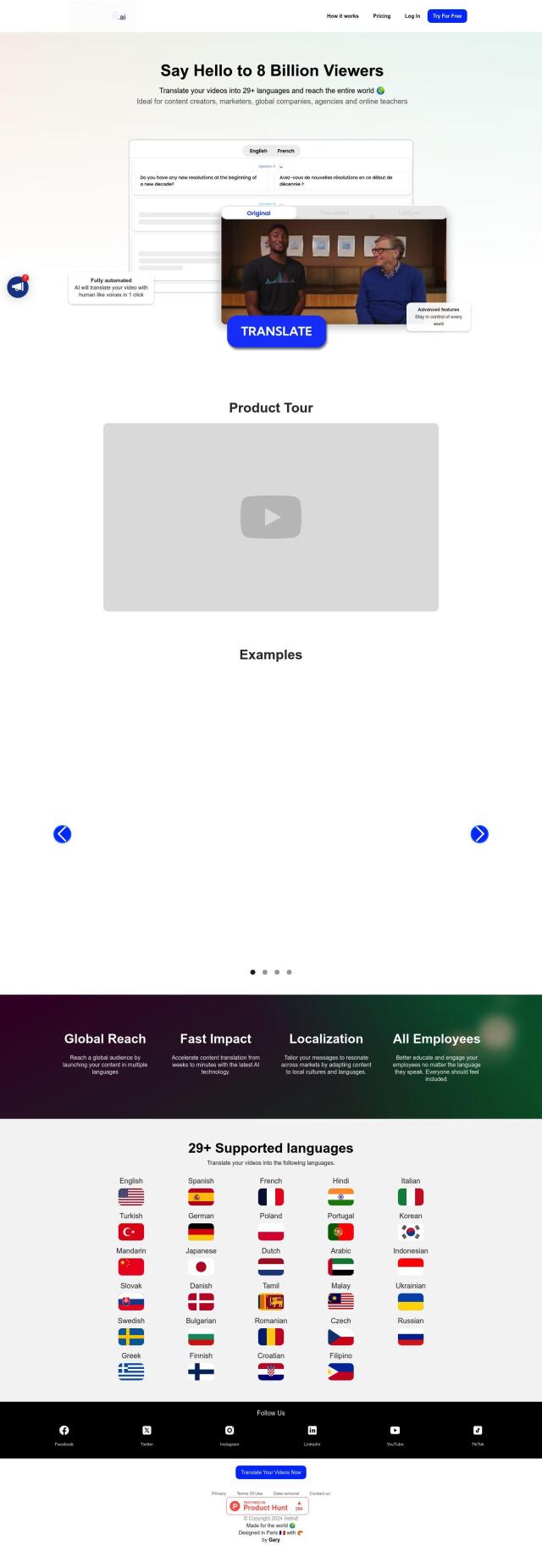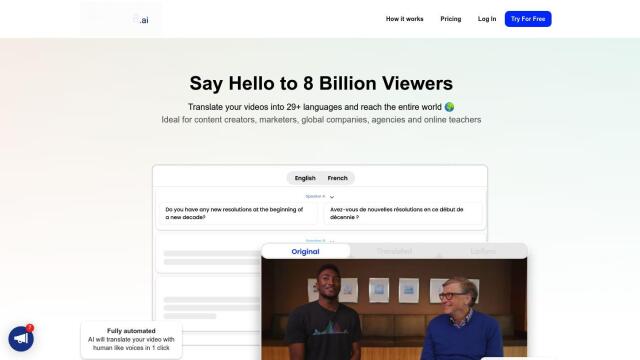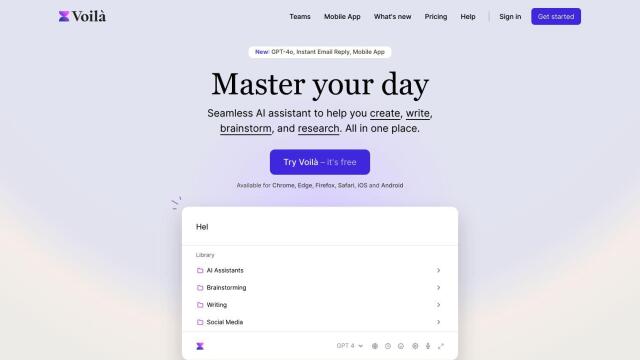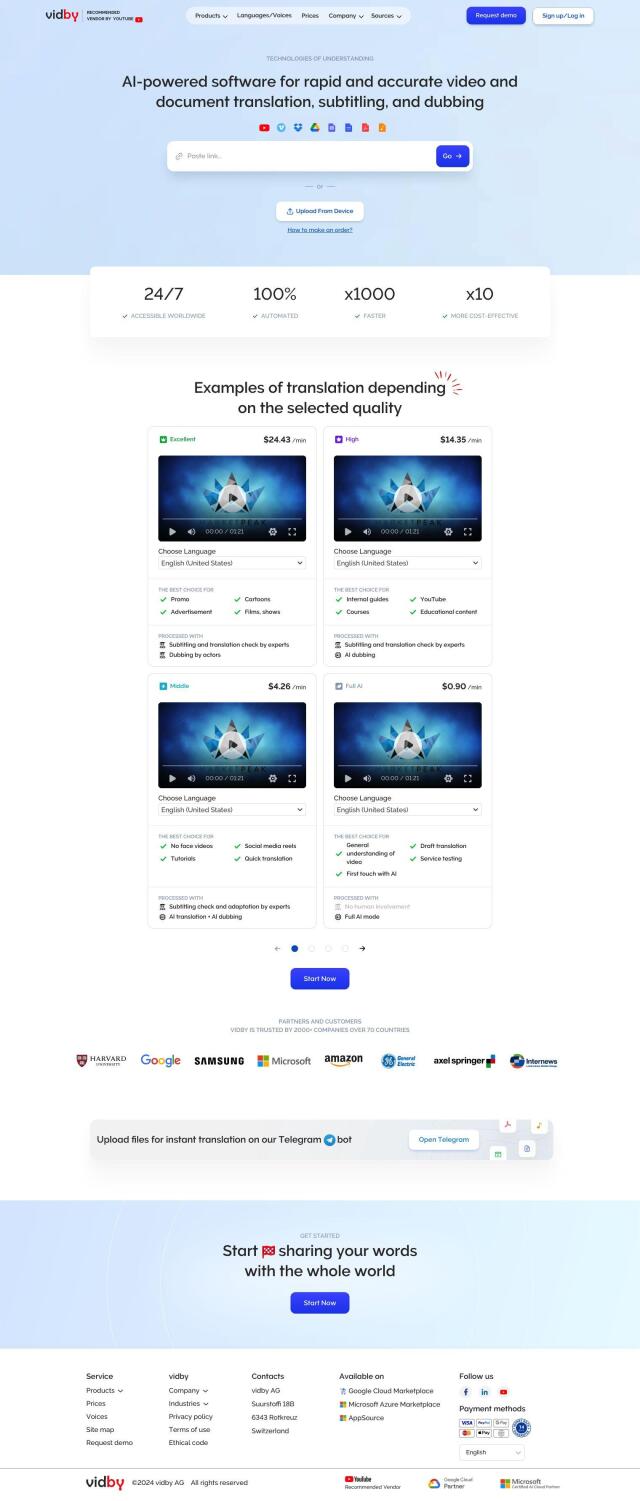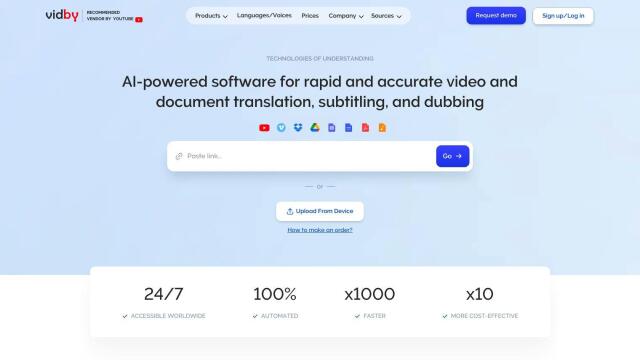Question: I need a way to quickly process and translate text, do you know of any solutions?

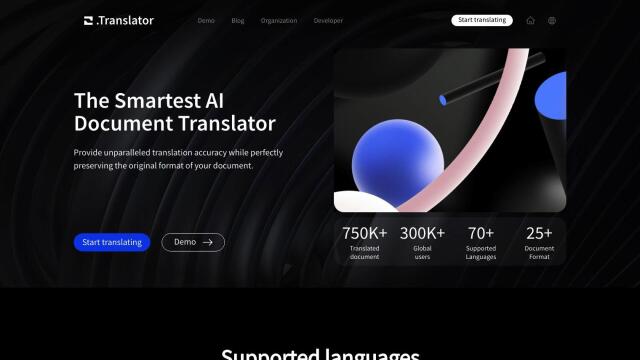
O.Translator
The first project, O.Translator, is an AI-based document translation tool that's notable for its high accuracy and ability to preserve formatting across different file types like PDF, DOCX and more. It handles more than 60 languages and has features like cost-effective translation, real-time management and private encrypted storage. It's good for collaborative translation and data security since Google stores it securely.

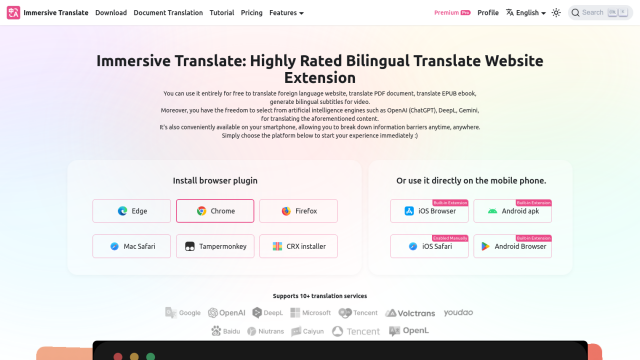
Immersivetranslate
Another good option is Immersivetranslate, a free browser extension that translates web pages, documents and video subtitles. It can handle multiple languages and translation engines, including DeepL, Google Translate and OpenAI's ChatGPT. It's good for researchers, students and businesspeople who need to rapidly translate and understand documents and website content.

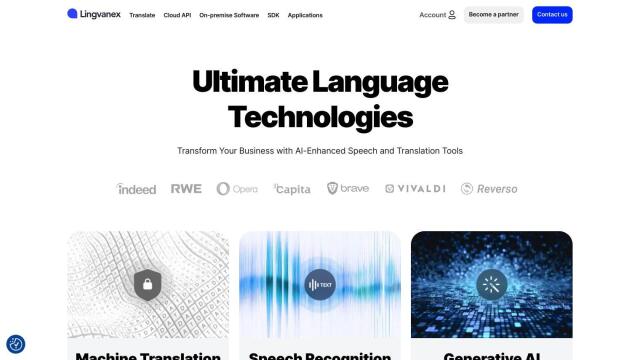
Lingvanex
If you want a broader translation foundation, check out Lingvanex. It handles more than 100 languages and incorporates the latest AI technology, including machine translation and speech recognition. Lingvanex can be deployed in a variety of ways, including on-premise server and cloud API, and works on many operating systems to ensure data security and compliance. It's geared for business use, including customer support and language learning, to boost productivity and communication in multilingual operations.

